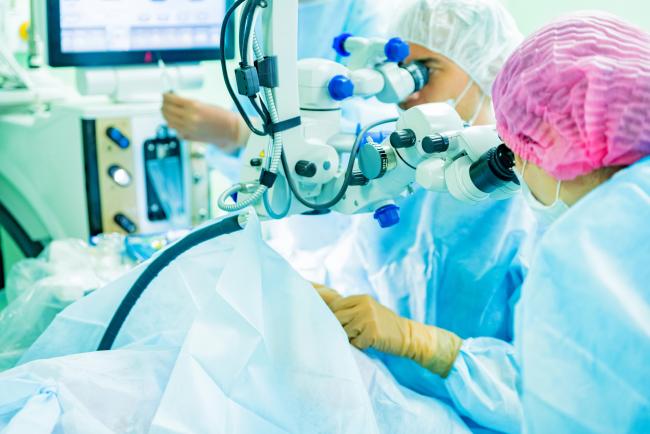EUS is a low-risk diagnostic procedure, combining both endoscopy and ultrasound.
- Endoscopy - physician inserts a thin, flexible tube with a light and camera at the end to visualize structures within the digestive tract
- Ultrasound - uses high-frequency ultrasound waves to obtain detailed images of structures within the body
EUS is an advanced endoscopic technique that was initially developed in the 1980s and later gained wider clinical application with advancement in technology and physician training. A miniaturized ultrasound transducer on the end of an endoscope is advanced into either the upper or lower intestinal tract, thereby allowing ultrasound imaging of anatomical structures either within or adjacent to the digestive tract. During EUS, you are adequately sedated under monitored anesthesia care (i.e. Propofol) by a skilled anesthesiologist or certified registered nurse anesthetist.
EUS takes approximately 30 to 90 minutes to perform, and you can return home when the procedure is finished. You will need a responsible adult to accompany you to the procedure so that you can be safely transported home after completion and recovery from the procedure.
